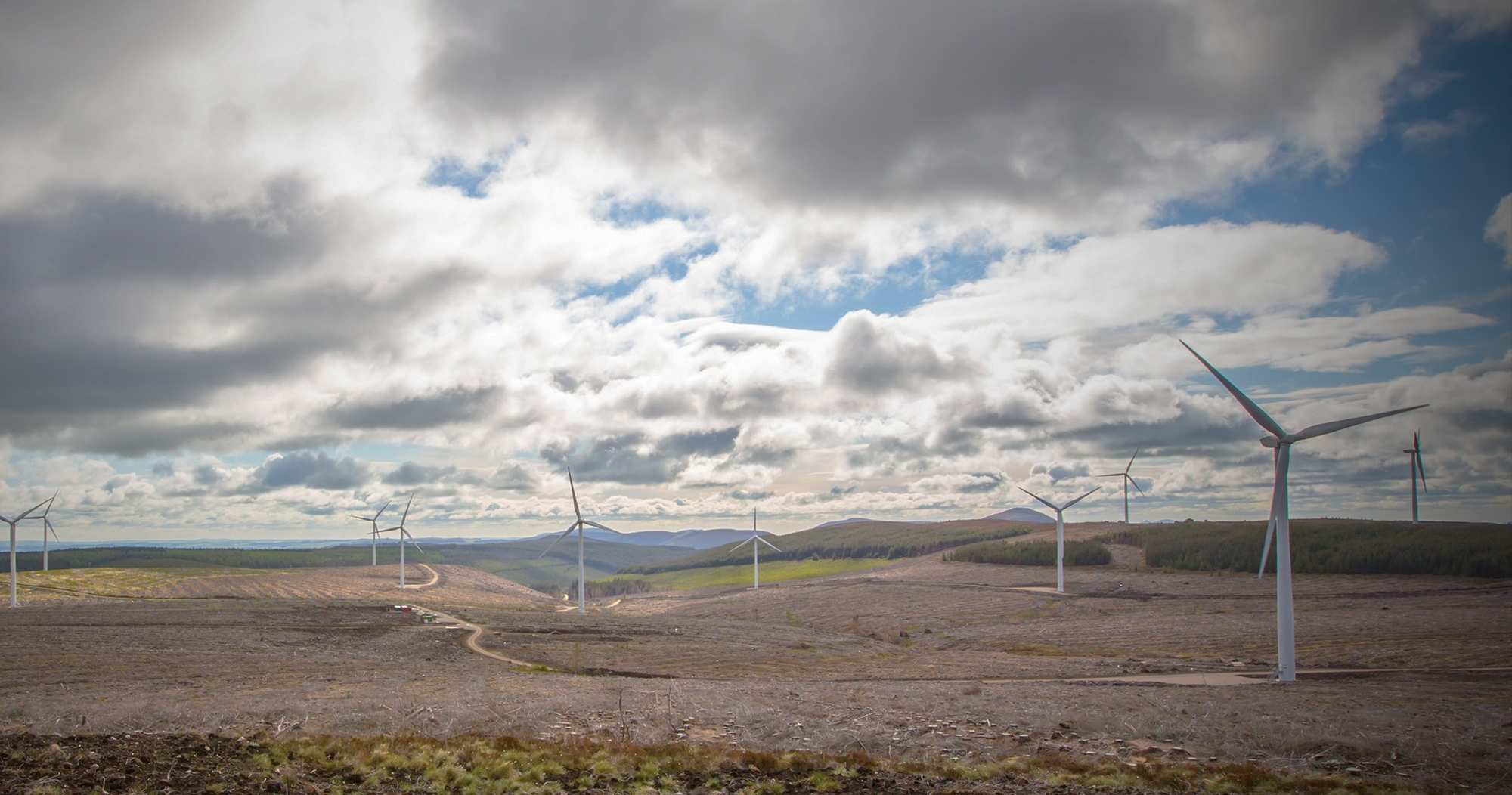Scotland Has Committed To Climate Neutrality – But Has No Route To Get There
Dr Peter Wood | Twitter
Dr Peter Wood is an Associate Lecturer in Environmental Science, Studies and Management at The Open University in Scotland.
When the Scottish Government sets new proposals on Greenhouse Gas Emissions they get reviewed by an independent body, the Committee on Climate Change (CCC). They have now finished their analysis of the Climate Change Plan update and this year’s Programme for Government. So what was the verdict?
In short, our overall targets are world leading. The plans for getting there are more problematic. In particular, the Scottish Government seems to have avoided proposals that either trust Scotland’s people or believe in Scotland’s ability to change their behaviour or work together.
Firstly, the good news. Scotland’s targets for reducing Greenhouse Gas Emissions are world leading: Net Zero by 2045. Achieving this would mean any emissions were equally balanced by removals, for example an essential industrial process releasing carbon dioxide would be balanced by ‘removals’; such as planting trees or using technology to remove gas from the atmosphere. The overall targets are also legally binding. This means that the government can alter how we get there, but the finish line is set.
The CCC recommended in 2020 that the overall UK target should be to reach Net Zero by 2050, with Scotland reaching it by 2045. Scotland’s faster speed was based on its greater potential for removals; mainly pumping carbon dioxide back into North Sea oil wells, restoring peatland and planting trees. When the dust settled on COP26 in Glasgow, an independent assessment of domestic 2030 emissions targets for the EU and the 40 next highest-emitting countries found that only the UK has set targets that would keep global warming below 1.5oC.
“Over 30 years we halved emissions, primarily through swapping coal, oil and gas generated electricity for that from renewables, such as wind farms. This was only possible through access to Britain-wide pools of funding, with investment sourced and risks shared across the National Grid.”
The difficult part of preventing climate breakdown is, however, achieving our targets. New data confirms that, instead of reducing emissions by the required 55% between 1990 and 2019, we achieved only 51.5%. I have previously reviewed Scotland’s history of emissions cuts in more detail. In short, over 30 years we halved emissions, primarily through swapping coal, oil and gas generated electricity for that from renewables, such as wind farms. This was only possible through access to Britain-wide pools of funding, with investment sourced and risks shared across the National Grid. Beyond that, progress has been limited. As the CCC terms it: ‘Most of the key policy levers are now in the hands of the Scottish Government, but promises have not yet turned into action.’
Looking to the future, Scottish Government policy is still unclear. The CCC states that ‘we have not been able to establish whether and how policies and proposals in the [Scottish Climate Change Plan update] add up to the required emissions reductions.’ For example, whilst the plan proposes a 20% reduction in car-miles by 2030, the SNP-Green Programme for Government policies for achieving this ‘are not clear’. The Heat in Buildings strategy is ‘ambitious’ and would be ahead of the UK government plans, but lacks detail on ‘the extent to which additional private investment is required’. An Agriculture Bill is not planned until 2023. The plans rely on removals by Carbon Capture and Storage projects that are not controlled by the Scottish Government, whilst committing to slower reductions from industry than recommended. The Government proposes to plant an additional 3,000 hectares of trees a year, but to restore 30,000 fewer hectares of natural peatland. The government has not released the data underpinning these choices.
“The Scottish Government seems to have avoided proposals that either trust Scotland’s people or believe in Scotland’s ability to change their behaviour or work together.”
The Scottish people are curiously absent from the planned changes. Many of the most effective and fastest ways to reduce carbon emissions come from changing human behaviour. Yet whilst the Scottish Government has set accelerated short-term emissions targets, going beyond the CCC’s recommendations, it has not focused on the behaviour changes that could achieve this. ‘Reduction in consumption of meat and dairy… are not sufficiently considered’. Proposals for how to increase recycling target or reduce food waste have not been published. Flying is supported by proposals to work ‘with the aviation industry to help restore and increase international connectivity’. In contrast, instead of creating new sustainable industries the educational plans involve encouraging workers to rapidly retrain in low-carbon construction and retrofitting, then to leave them at “a cliff-edge of a sudden drop in demand for buildings services.” This is a plan that sees the Scottish people as requiring management from Holyrood, unable to cut back on cheap meat and flights, and willing to accept insecure work in boom-to-bust industries.
“A COP-UK, bringing delegates together to agree common responses, would allow our country to move faster through cooperation. It creates opportunities for business, civil society and government to share expertise, learn from each other, and to demonstrate the depths of their support for change.”
To achieve Scotland’s promise the government needs to finish its plans, publish its evidence, and get the public directly involved. Preventing climate breakdown will require significant investments, across the country, along with great changes in how people live their lives. A COP-UK, bringing delegates together to agree common responses, would allow our country to move faster through cooperation. It creates opportunities for business, civil society and government to share expertise, learn from each other, and to demonstrate the depths of their support for change. It could remake Britain as a more equal place, pool our combined strengths, and put people back at the centre of politics.






